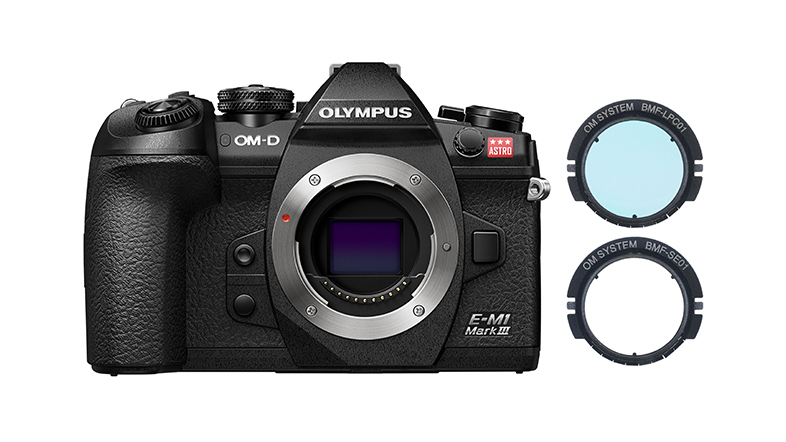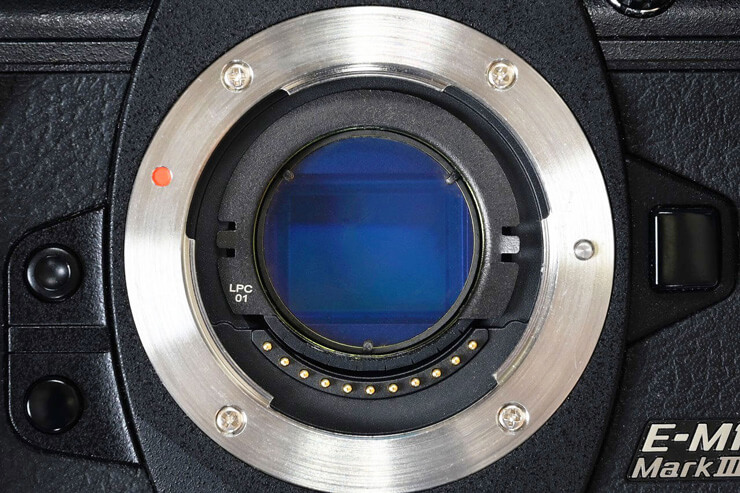Olympus is NOT dead! This unique camera will have you taking out-of-this-world photos
Previously a Japan-only camera, OM System brings its high-tech astrophotography body to more markets
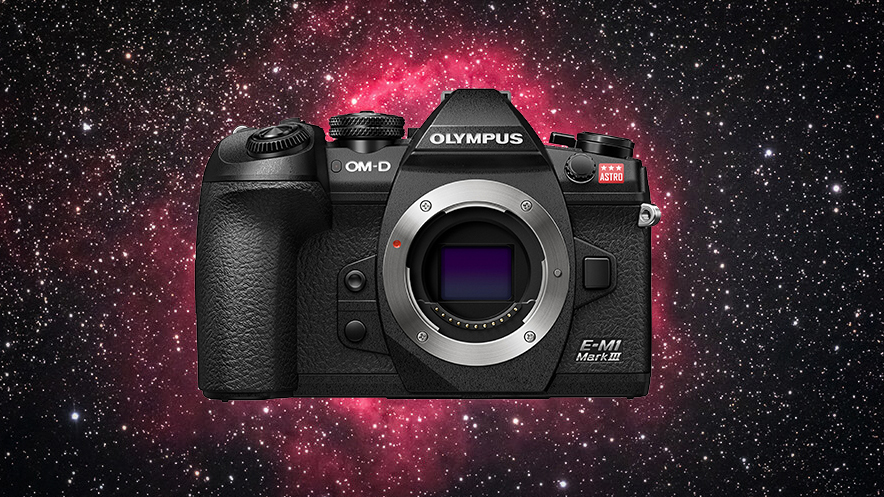
After first appearing on the Japanese market as a made-to-order product, OM System has brought its special astrophotography version of the Olympus OM-D E-M1 Mark III to more markets around the world.
Formerly the company's flagship camera, now replaced by the OM System OM-1 and OM-1 Mark II, this modified version of the E-M1 Mark III has a specialized IR cut filter in front of the image sensor.
This "significantly improve[s] transmittance of Hα rays, which results in images with a strong reddish cast," says the company. This refers to the hydrogen-alpha wavelength of the spectrum, invisible to the naked eye, which is the strongest emitted by hydrogen nebulae commonly observed in astrophotography.
"The OM System E-M1 Mark III Astro has an IR cut filter in front of the image sensor that has been optimized for optical characteristics to achieve approximately 100% transmittance of Hα rays, which are important for astronomical photography.
"This allows you to vividly capture the beautiful shapes and colors of nebulae that emit light from Hα rays, which are difficult to capture with ordinary digital cameras."
Over the years there have been a very limited number of astro-modified cameras from the main manufacturers. However, with the Canon EOS Ra being discontinued a few years ago, there's only Fujifilm's infrared X-H2S and GFX 100 II on the market next to the E-M1 Mark III Astro.
Unlike astro cams from other manufacturers, though, this isn't just a camera with an IR filter slapped on it and marketed for astro work; the E-M1 Mark III boasts a number of computational features that truly make it one of the best cameras for astrophotography.
The best camera deals, reviews, product advice, and unmissable photography news, direct to your inbox!
Among these is the Starry Sky AF function, which uses a special algorithm to facilitate autofocus on even the tiniest stars – liberating stargazers from having to focus manually. It even offers a mode for handheld Starry Sky AF, which is a bit of a game-changer!
Combined with other features such as High Res Shot (which uses pixel shift to generate 50MP or 80MP images from the 20.4MP sensor) and Live Composite (a bulb mode which only exposes new or brighter areas of the image, making it ideal for star trails or shooting stars), this becomes a very formidable space shooter. Take a look at these sample images:

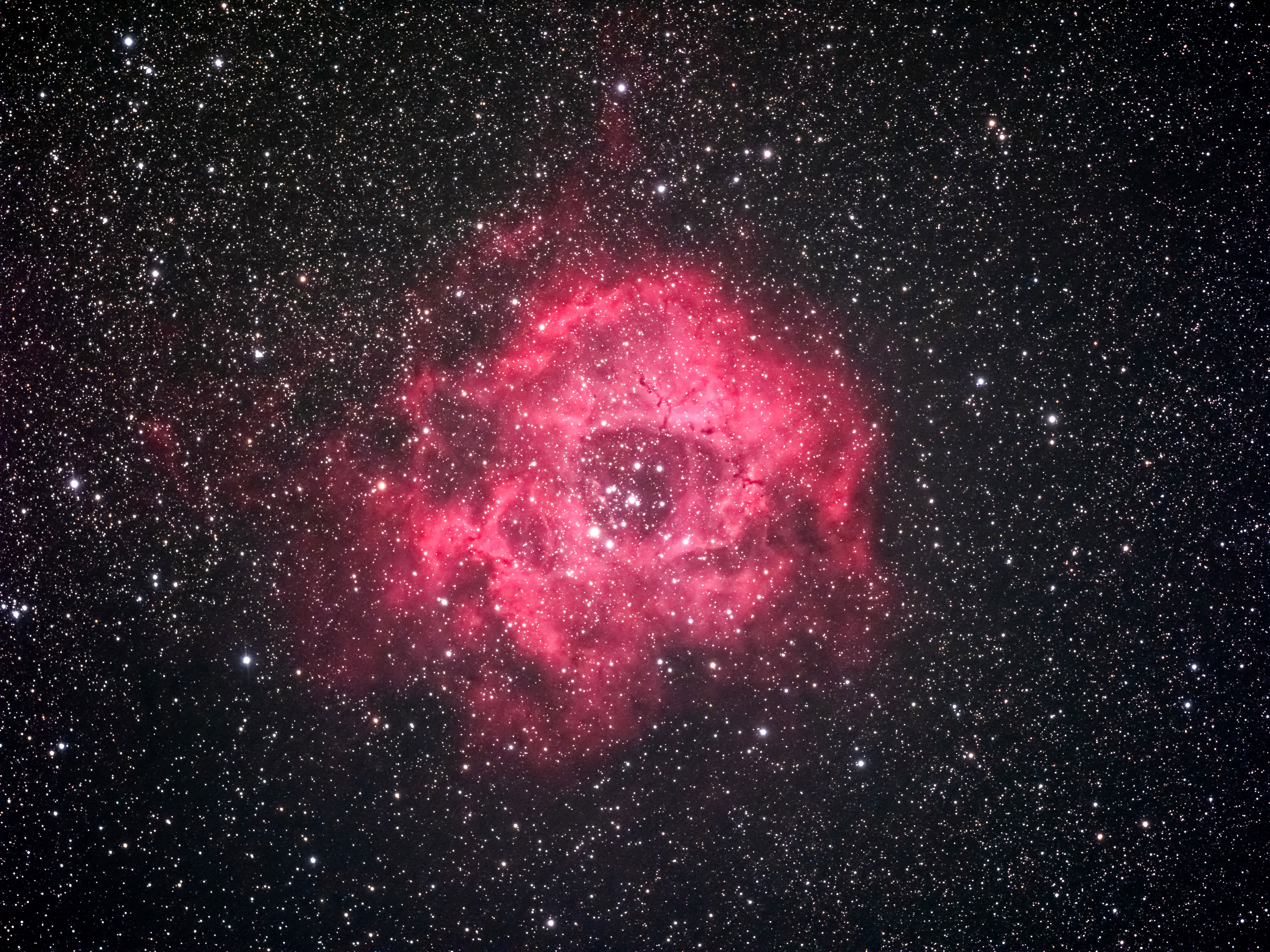
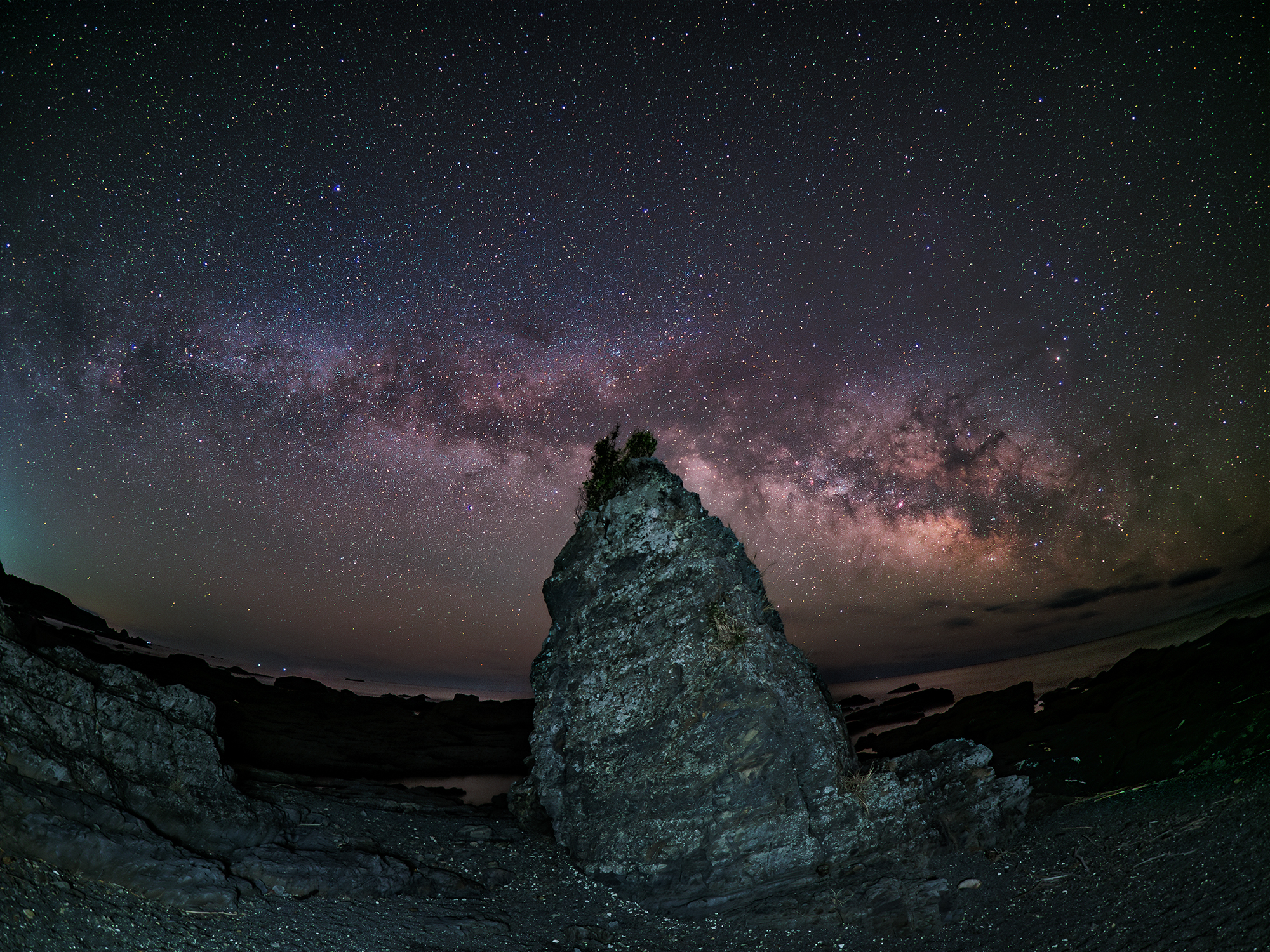
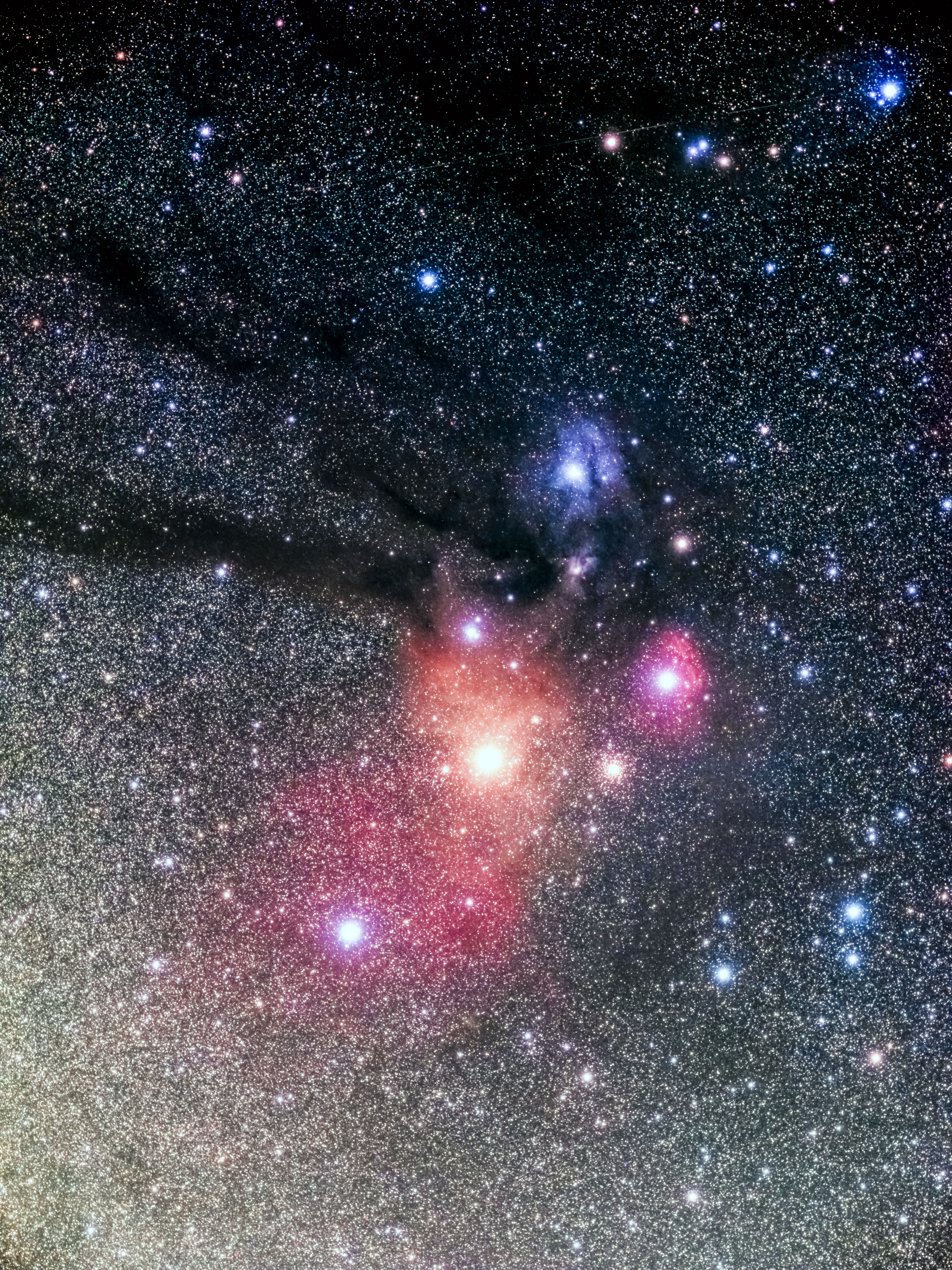
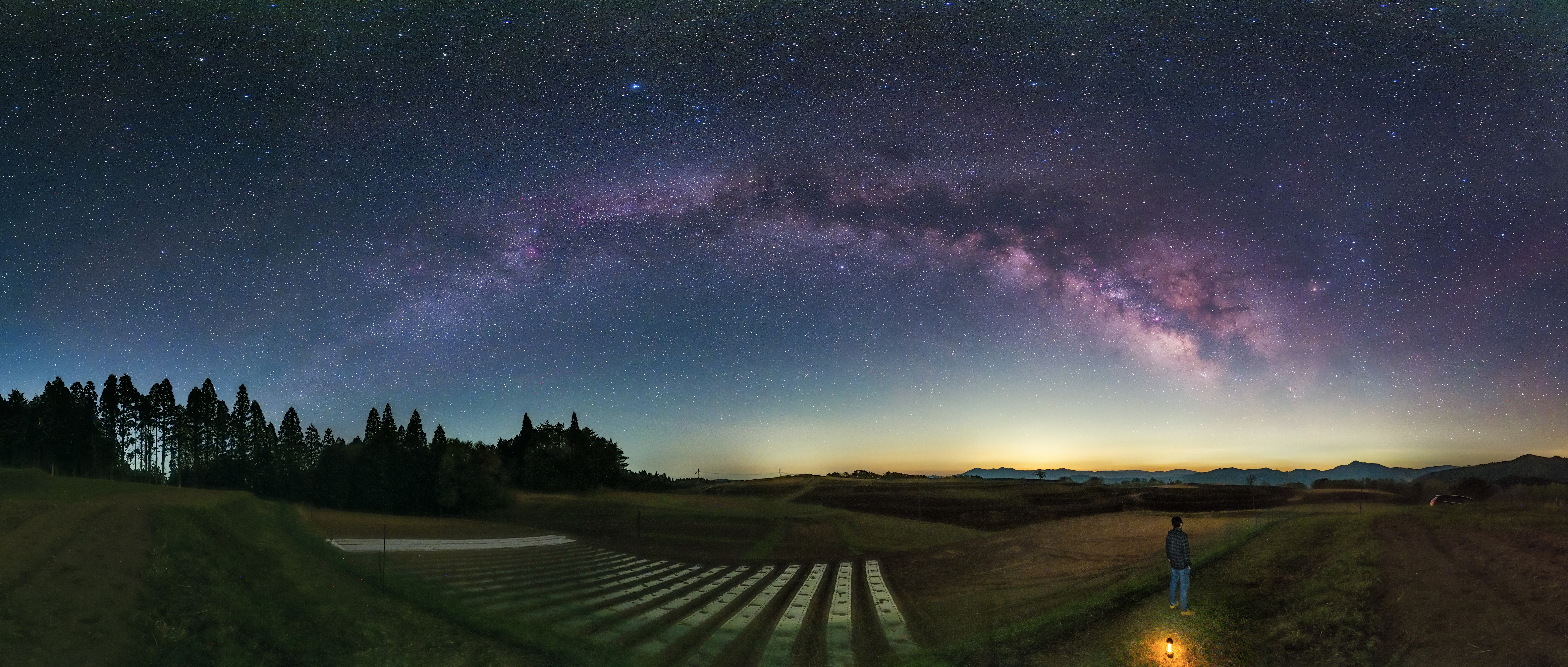
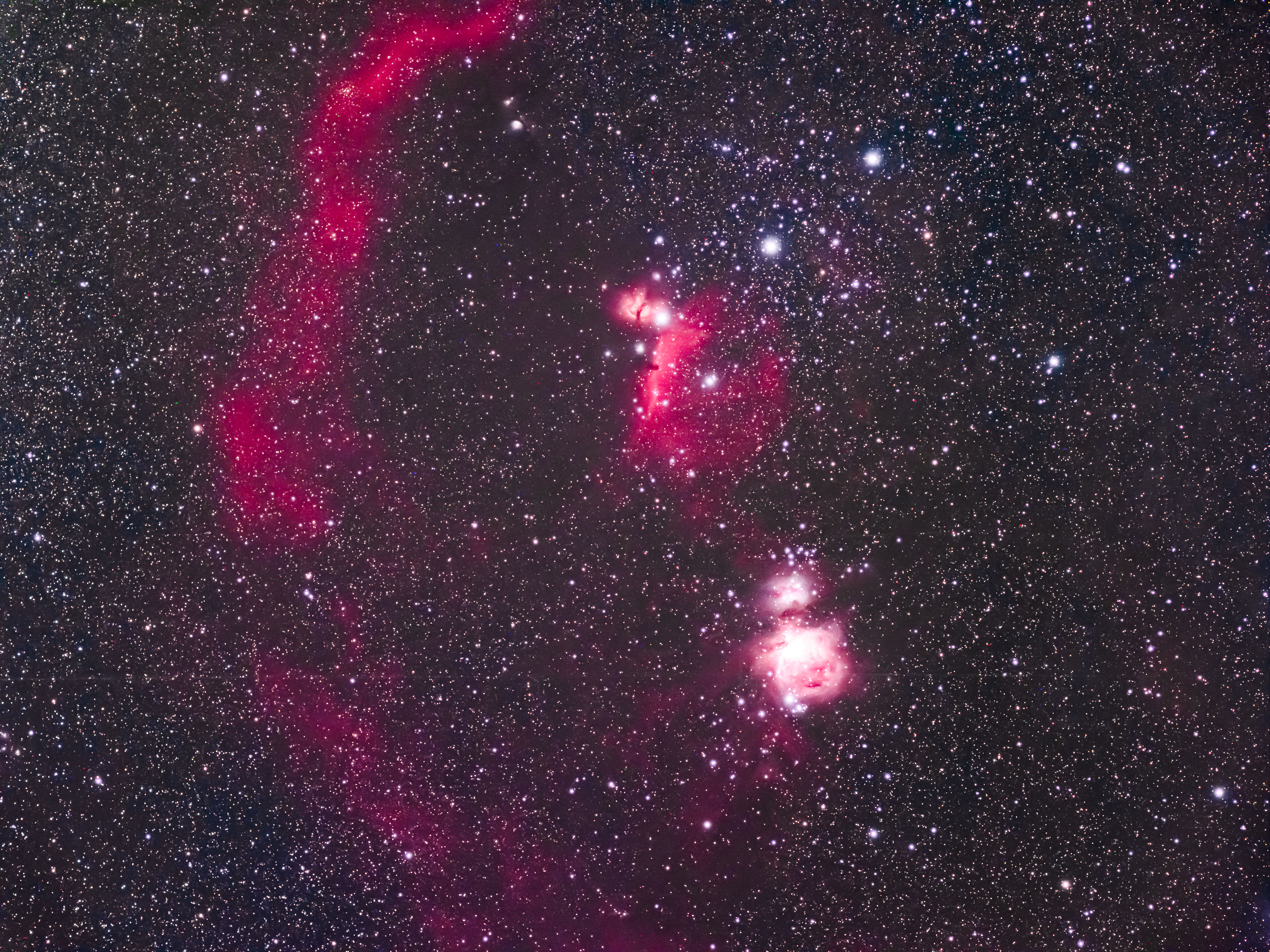

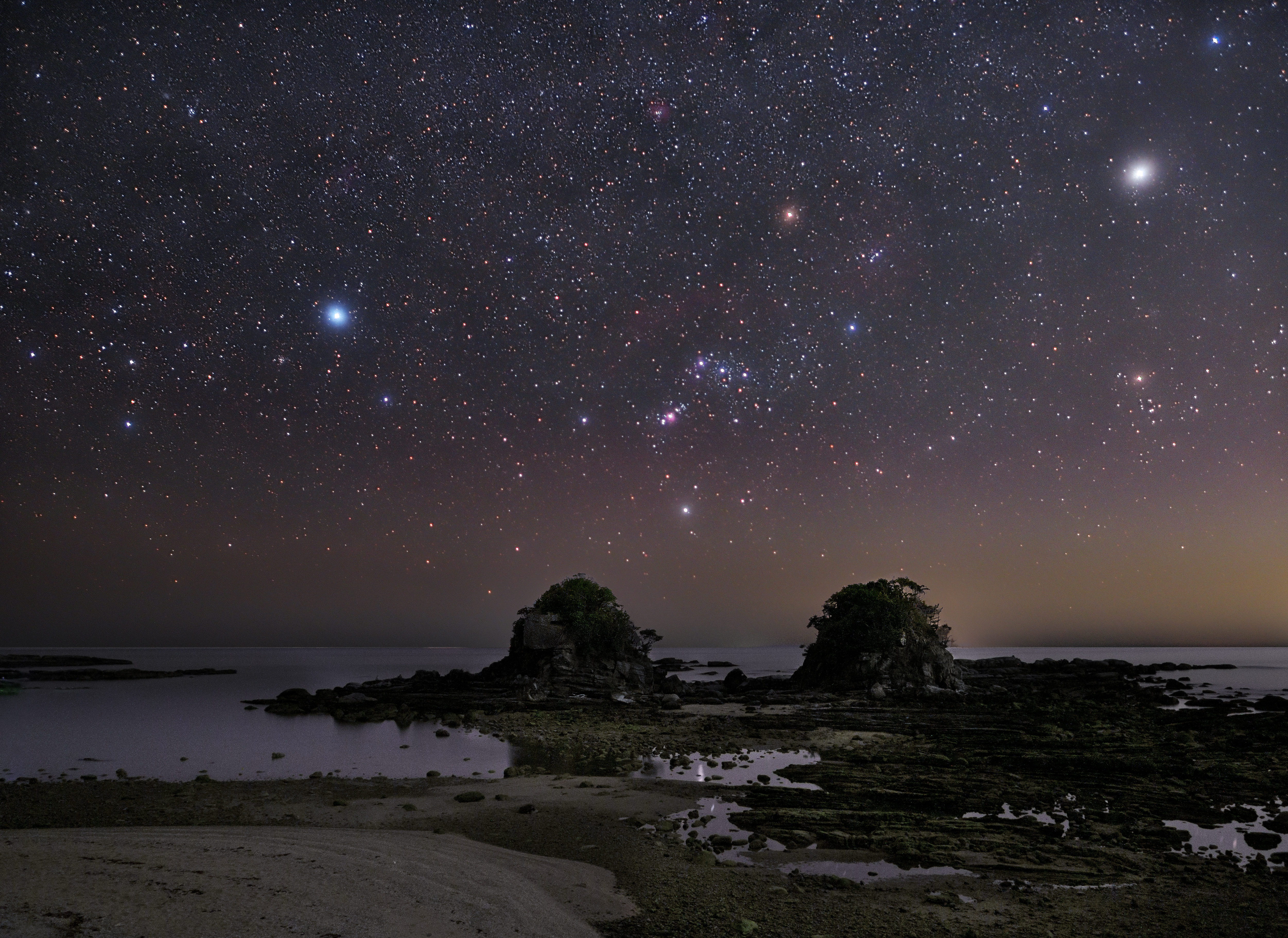
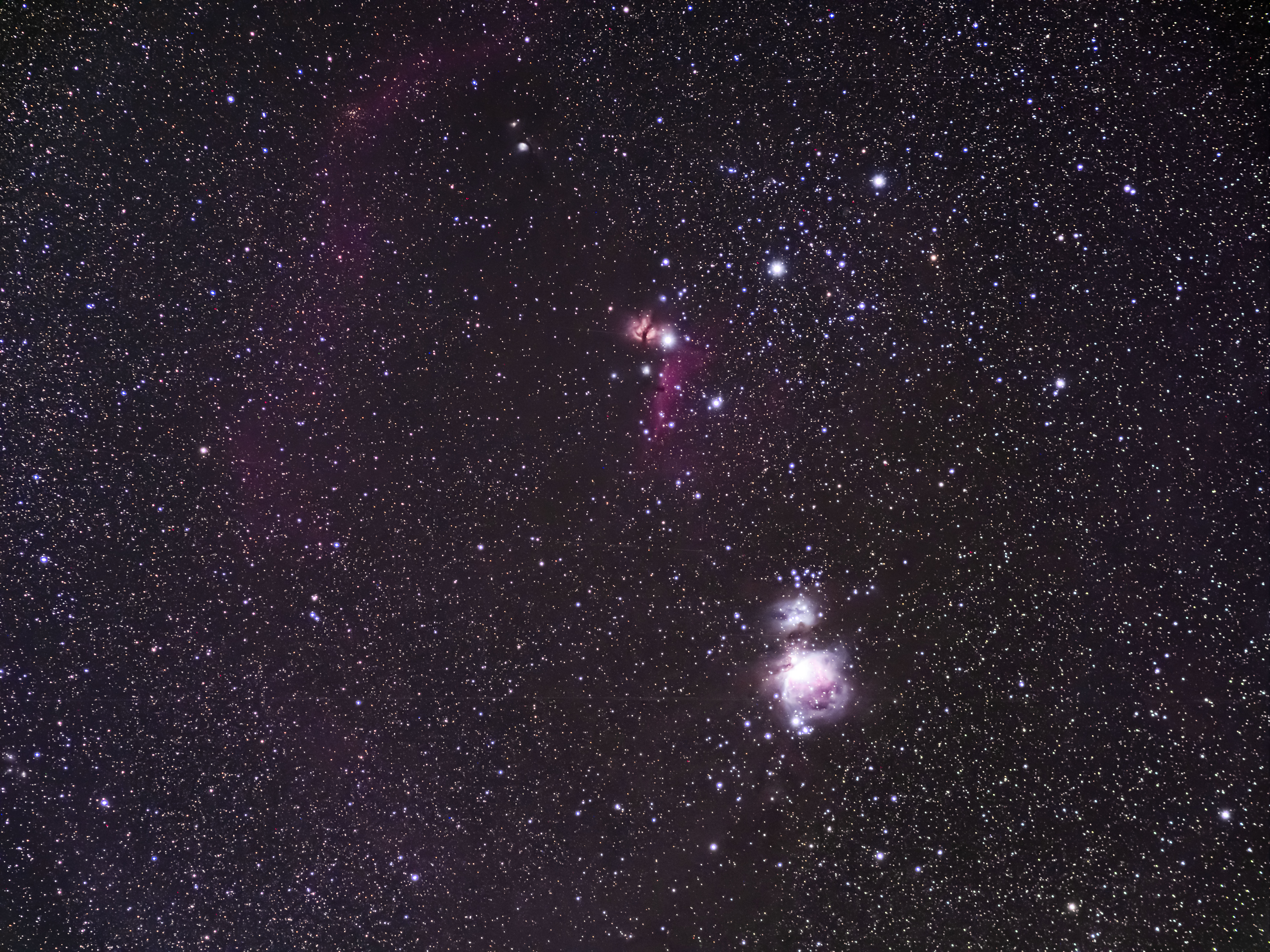
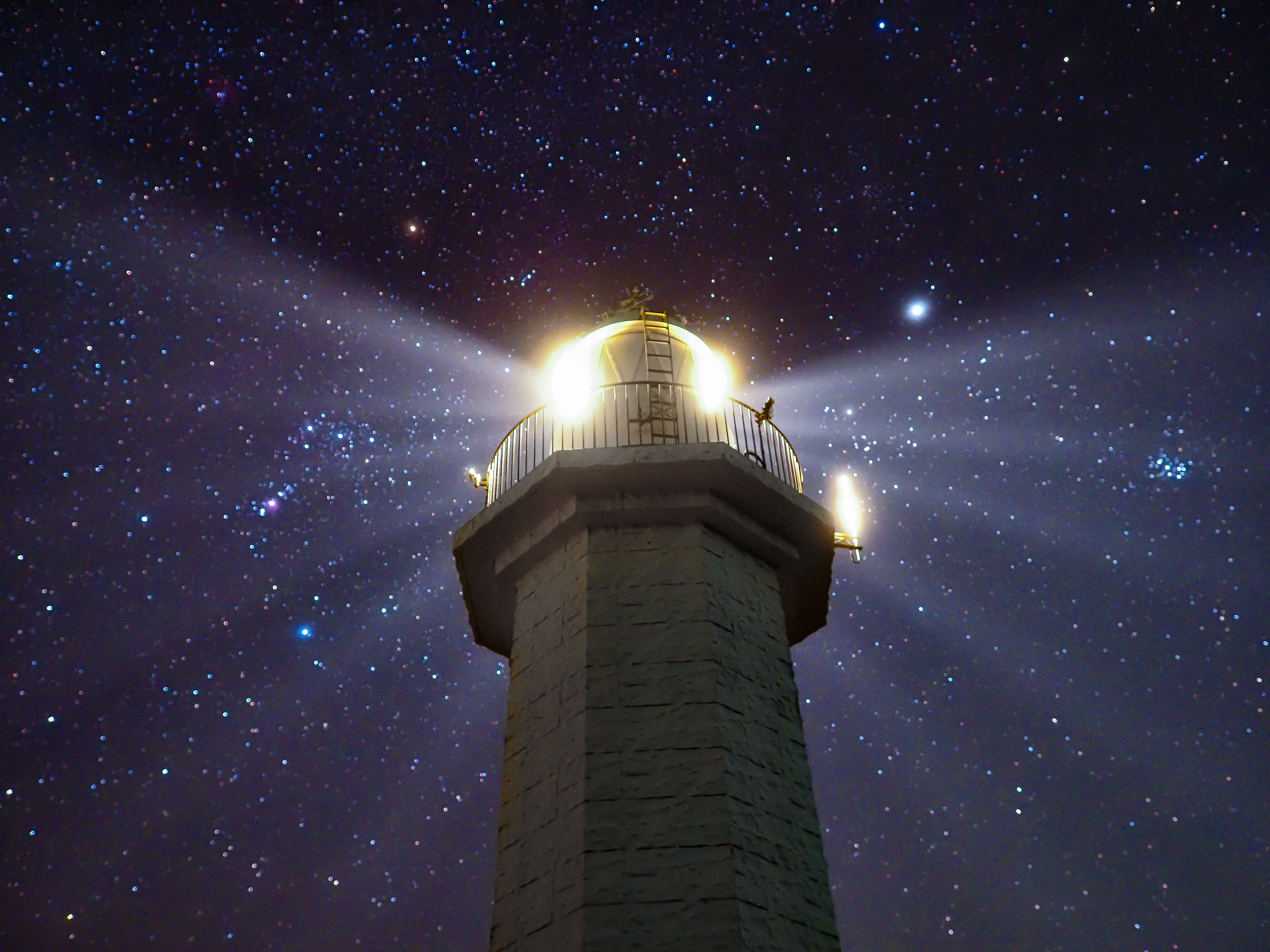
Initially the OM System E-M1 Mark III Astro was a Japan-exclusive product, going on sale in July 2024. After being rolled out in Australia in August 2024, it has now landed in both Europe and the UK – though it isn't yet clear if it will receive a US release.
The OM System E-M1 Mark III Astro Kit is available directly from OM System, priced £1,899 / AU$3,199. It comes bundled with two new body filters that fit between the lens mount and lens: the OM System BMF-LPC01 Light Pollution Reduction Filter (to minimize artificial light interference) and BMF-SE01 Soft Focus (a dreamy soft focus filter).
These are also available individually, priced £259 / AU$449 and £197 / AU$319 respectively. Curiously, the manufacturer says they are compatible with all cameras except the original E-M5 and any PEN camera prior to the E-PL7 – though I'm not aware of any body or mount differences that means they shouldn't fit.
It's not often we see movement in the astro / IR camera space, so it's exciting to see OM bring this camera to more markets. I only hope it makes it over to the US, too – given how widely the brand has been adopted by outdoor shooters, it seems like a natural fit to reach an even wider audience of eager stargazers.
Take a look at the best Olympus / OM System cameras, along with the best Olympus / OM System lenses. And, as an open platform, you can use any of the best Micro Four Thirds lenses on your MFT camera.

James has 25 years experience as a journalist, serving as the head of Digital Camera World for 7 of them. He started working in the photography industry in 2014, product testing and shooting ad campaigns for Olympus, as well as clients like Aston Martin Racing, Elinchrom and L'Oréal. An Olympus / OM System, Canon and Hasselblad shooter, he has a wealth of knowledge on cameras of all makes – and he loves instant cameras, too.
You must confirm your public display name before commenting
Please logout and then login again, you will then be prompted to enter your display name.
